Five years in the art world count like dog years. In 2007, we had dealers like Paul Kasmin speaking about the ADAA’s art show in stark terms. “The [ADAA] fair uptown is now the one that’s going to have to find its way again,” he told ARTinfo. “[The Armory Show is] bright, colorful and noisy, while uptown they’ve got smaller, quieter pictures and, to be honest, they’re looking a little too quiet.”
This year, dealers have changed their tune, opting for the ADAA’s quiet pictures and slim crowds over the Armory Show altogether. “The Armory Show has always been wonderful for us, too, but it’s just a matter of trying new things and seeing what’s the best fit,” said Paul Kasmin director Nick Olney. While collectors may look to the highly selective Art Dealers Association of America for sound business practices, Olney partly attributed this year’s fit to the ADAA’s strong scholarship, the space to present a distilled idea, and the mix of modern and contemporary work, which the Armory places on separate piers. “I think that eclecticism is something that is sometimes missed with certain art fairs,” he said.
Kasmin’s showing a solo booth of contemporary Brazilian sculptor Saint Clair Cemin, whose new marble sculpture clearly orbits the ADAA Show’s Modernist core. “He’s pulling from history, and often making humorous commentary on it, but really pulling forms and ideas from different eras,” Olney told me. “The Eurydice sculpture here almost could be made in any century.”
The same could be said of Karen Kilimnik’s solo show at 303 Gallery, a longtime Armory exhibitor who joined the ADAA show this year. “We thought this was a good context for some of our artists because the history here is so important,” said founder Lisa Spellman, “and a lot of our artists like Karen Kilimnik, rely on European traditions.” Kilimnik’s lush, expressive paintings of children and pets in 18th-century attire are selling very well; Spellman reports rehanging portions of the booth every day.
Other dealers simply don’t consider the Armory’s collector base one they needed to tap into this year. When I asked an assistant at a large contemporary gallery why they’d left the Armory, she said, “I’m not quite sure why, we do both Friezes, Art Basels– Miami and Basel– ArtRio last year, Hong Kong the year before, so I guess we’re expanding.”
It’s not hard to see why this environment might be more inviting for collectors seeking to build long-term, trustworthy financial relationships, the same reason one would choose to deal with an ADAA member. While the ADAA foregoes the VIP lounge, the pastry carriage, and the event hype, this leaves the sight lines wide open for the work, filters out the general public, and keeps the speaking volume to a minimum. “You’ve got things that come out in the press and catalogues and magazines,” said Nick Olney, “but at the end of the day, this is really about seeing art and experiencing it. It’s about relationships and seeing people and getting to know them, too. Fairs are just a great chance to bring people together.”
The foot traffic alone looks moderate compared with the Armory’s swarms, and yet, that was never a complaint. “The turnout has been exquisite,”said Ryan Cross, the associate director of Barbara Krakow Gallery, who reported consistently strong sales. “Lots of people, there’s never a time when there’s not a person in your booth.” And that person happens to be an art collector. When I asked Pavel Zoubok gallery manager Trey Hollis whether he’d worry that the gallery’s collector base would choose one fair over the other, he responded instantly, “They’ll come here.”
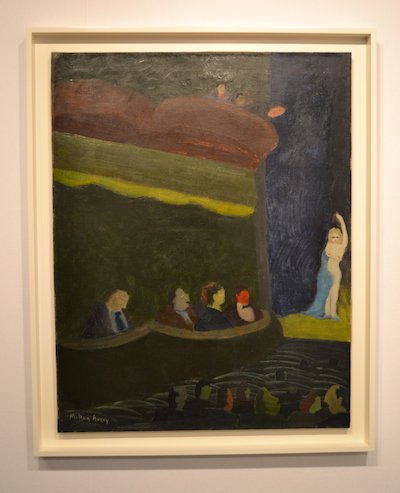
The fair has a handful of decent Milton Averys, like "Striptease," c. 1930s, in a solo show at David Zwirner. Frequently, contemporary dealers like Zwirner used the opportunity to pull out their older work.



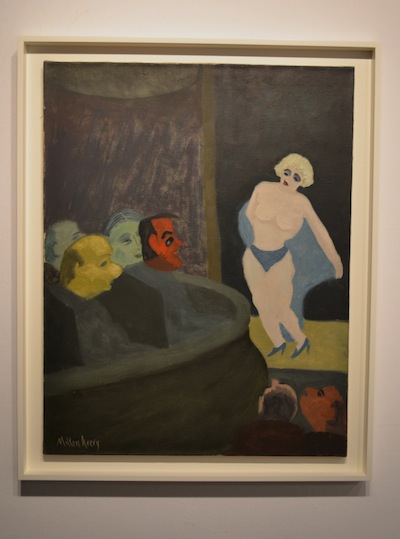
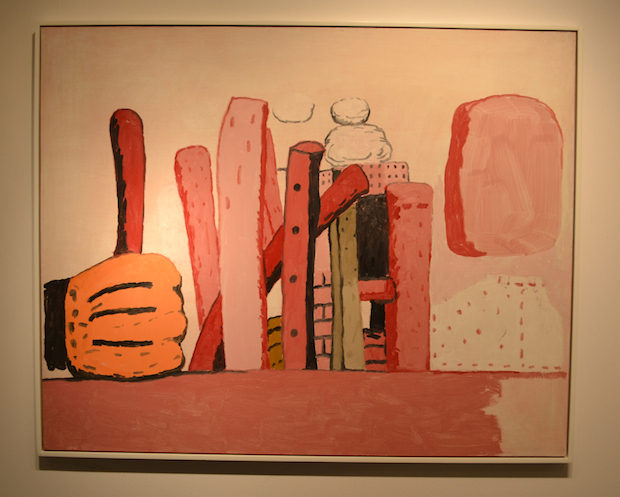
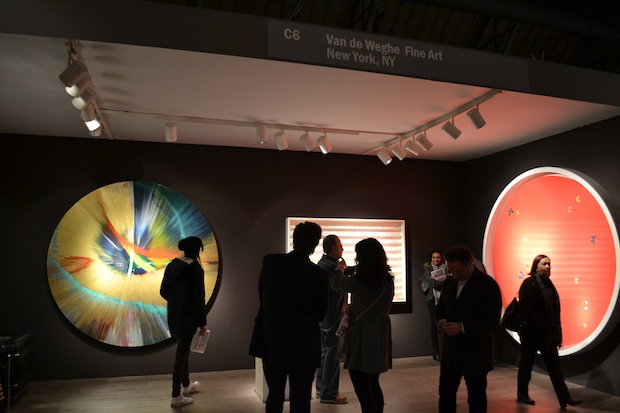
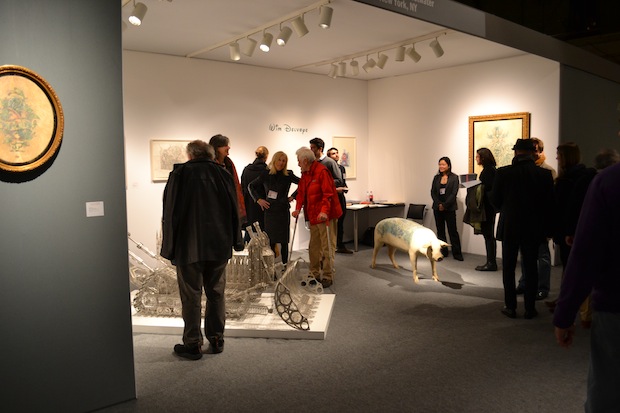
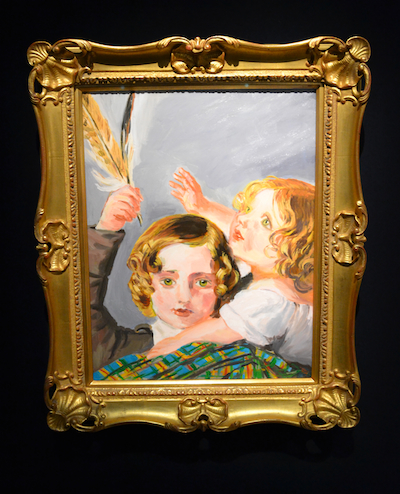

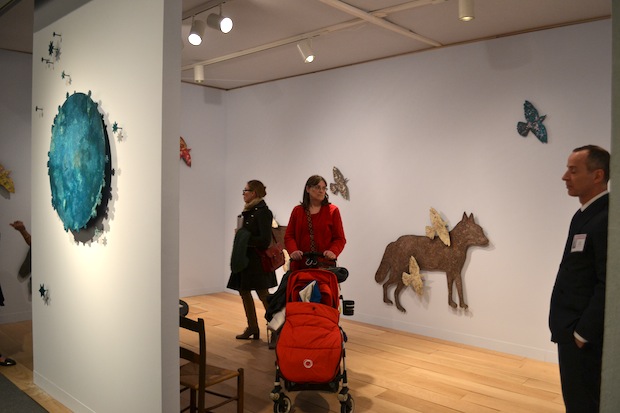



Comments on this entry are closed.